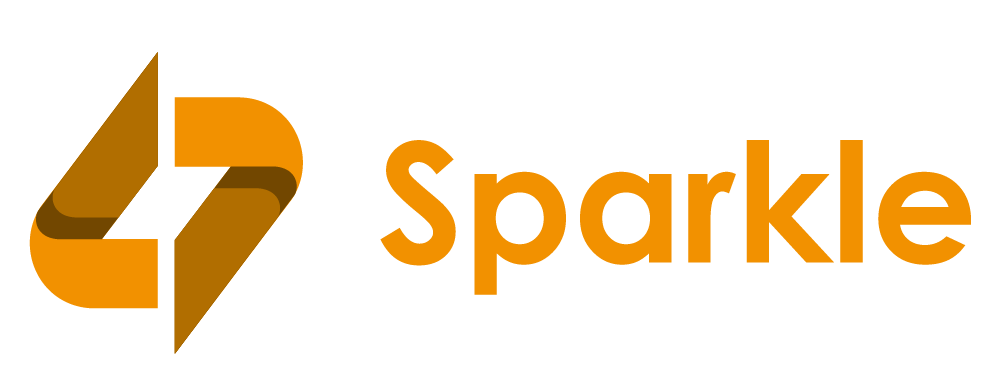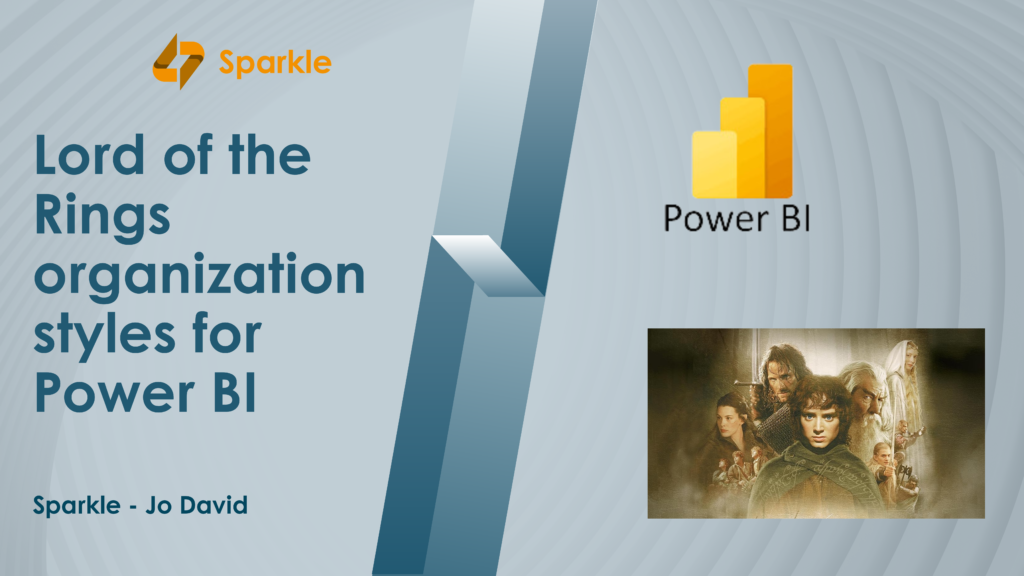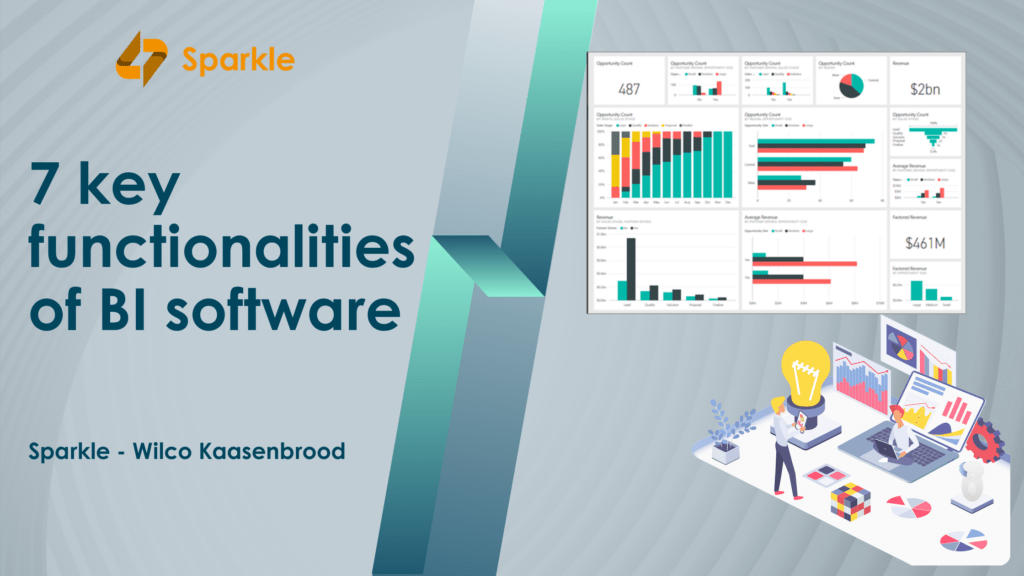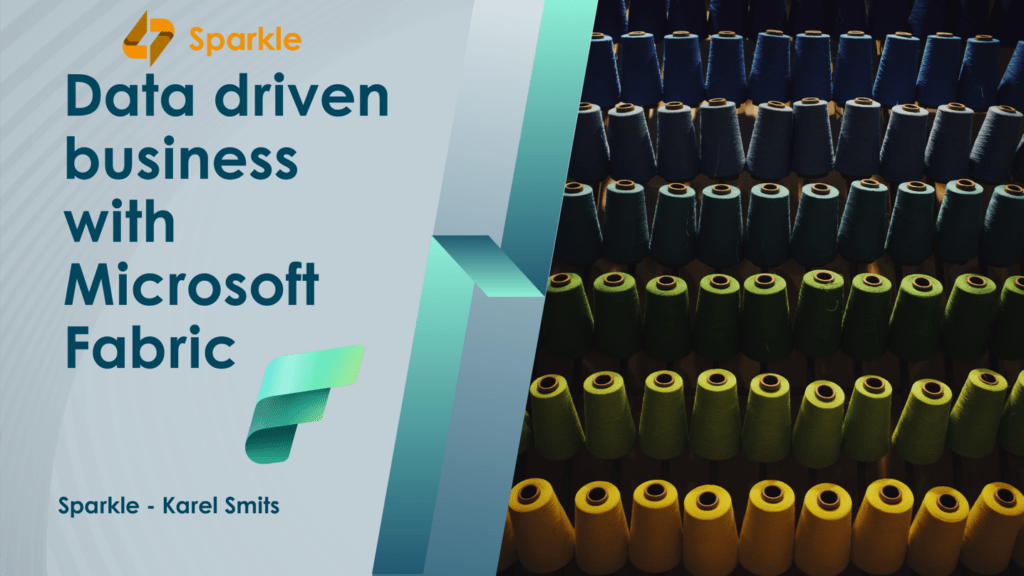There are many ways you can organise your Power BI usage in your organisation. Sometimes it is good to take a look at your current situation and consider if that is actually where you wanted to end up. There are many frameworks out there that can help you by giving a certain style a name and allowing you to start from there. No matter the position you have in your organization, it is always good to understand what system you are working in, knowledge is power after all.
One of such frameworks is middle earth, providing a great range of options to choose from. To start, we must make clear that the good-bad alliances that exists in the works of Tolkien are not relevant in order to determine if the system could work. For the purposes of this blog, Théoden, Sauron and Treebeard are all good guys.
Let’s follow the journey of Frodo to give us an order in which we can tackle each option.
Hobbits - the free folk
This is a very loose organisation, the overarching structure is present, but doesn’t exert any control over those within it other than tradition. Users are free to do as they please within those traditions. This can lead to amazing results as there are no limitations to the creativity and talents of those that decide to take up Power BI. On the other hand, the lack of any formal governance and/or oversight can create chaos and lack of direction or consistency. Be aware of the Bilbo’s and Frodo’s of your organisation, they can do great things, but can also disrupt things immensely.
Rangers - the group of loners
These people work alone, are emotionally invested and try to help where they can. This drive to help means that their work often goes unnoticed and they don’t receive the credits they are due. This lack of structure means they can’t form a group that can speak for them and thus each speaks for themselves. This can lead to a change in winds depending on who is talking. It is a difficult group to capture in a more formal structure as they all are used to working alone or at most forming temporary bonds if the situation calls for it. Clipping their wings might break their resolve, but leaving them roam without leadership might work disruptive towards the larger organization
Elves - decentralised groups with cooperation
The different parts of the organisation work independent from each other, creating reports, models, Datamart’s,… without consulting the other departments. However, they do come together and keep in touch to share best practises, warn each other about pitfalls and in general keep the level of the organisation high. The advantage is that each group can quickly change directions as it sees fit, while still having a fairly unified reporting system and layout. On the other hand, this loose cooperation between departments can cause them to drift apart and loose cohesion on a larger organisational level
Dwarves - Decentralised without structural cooperation
Each group is capable of operating independent from each other, no cooperation is needed and will only happen when the situation asks for it. An advantage of this system is that there is no delay in any department because they need to wait for another one. No compliance with overall rules that could slow down the progress. The disadvantage is about the same, due to the lack of cooperation, no best practises are shared, no pitfalls or overall look and feel. These departments can easily drift off from each other to the point that cooperation becomes almost impossible to do.
Gondor - Hierarchical structure
The leadership makes decisions and they are carried out by all levels beneath them, to the last person. This creates great cohesion in the overall organisation, a uniform user experience. The disadvantage is that things have a risk of changing slowly because they need to move up and down the chain. Luckily Gondor has several levels that each can talk to the one above them, up to the King’s council. If the different levels of authority are actually given limited decision powers, the process can be sped up, though more individual decisions by the departments might cause lower overall cohesion
Orcs – free for all
They work together if they happen to be together at the right time. No planned cooperation, no sharing of knowledge, no nothing. These groups can move incredibly quickly as they have no rules, organisation, tradition or even group cohesion holding them back. Don’t like it? Just try it on your own. The speed these groups deliver comes at the cost of unfinished projects, lost knowledge and experience and double work. If manpower and recourses are not an issue, this is a way to quickly test things out. Watch out for the moment you loose total control though.
Rohan - Decentralised hierarchy
A loose group of groups that each can make decisions on their own, but don’t operate completely independent as they still answer to the overall leadership. Each group can divert from the main standard set at the highest level if they feel they need to and it doesn’t interfere with the greater group. An advantage is high variability, adaptability and a possibility to leverage the separate powers that each group might have.
Ents – complete democracy for every level
No decision is made unless it has unanimous support, which means they are slowly taken, but strongly supported. This is feasible in fairly small groups, though diminishes in usefulness when the group grows
Mordor – 1 person has all the power
The leader in this setup in involved in almost all decisions, meaning he can keep an overview of it all. This is also the weakness of this setup, as soon as the leader loses overview or something happens to them, it can all come crashing down like a tower that lost its support. When leadership disappears, those working under it can suddenly feel that they are abandoned and run for the hills.
Army of the dead – outsourcing
You can also decide to outsource your entire BI environment, this can be highly effective if done correctly as you literally pull in experience you don’t have to build up internally. The downside is that you don’t have inhouse knowledge and experience, as soon as the army of the dead leaves, there is nothing to take their place. These outsourcings can be ideal to help out in a pinch or to quickly built up expertise, just don’t rely on them alone.
Wrap up
Each of these systems has advantages and disadvantages, often time dictated by the way your organization is organized and how large it is. An Ent-setup in an international company might not be the best way to go for instance. It is also much easier to have a Gondor-setup when you are located closer to each other, while a Rohan-setup or Dwarven-setup can provide a good way to let different locations work together towards the larger goal.
The aim of this blog is not to dictate what you need to use for your setup, though I have my ideas about it, but to get you thinking. Actively thinking about the setup you are choosing, before you find yourself in one of those while you always envisioned going another direction. Another goal is to bring to your attention that you will evolve between those systems, you might start out as an orc-system, moving towards Rohan and ending up in a Hobbit-style system.

ABOUT THE AUTHOR

Jo David
Power BI expert & BI Consultant
Discover more content from our blog

Webinar: From Innovation to Regulation – the European AI Act
Join us for an exclusive online webinar: the European AI act and its Impact on Intellectual Property.
WIDEN’s IT/IP experts from Latvia, Estonia, and Lithuania in collaboration with Sparkle, a strategic data consultancy firm, are bringing together the best minds in the Baltics to explore one of the hottest topics in tech today and the impact of the European AI act.
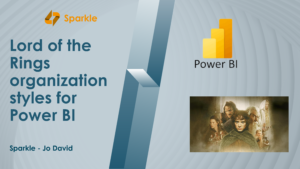
Lord of the Rings organization styles for Power BI
Check your Power BI organization according to the world of Tolkien: are you organized like Hobbits, Orcs, Dwarves or Sauron?
This unique approach explained by our Sparkleer Jo uses the legendary journey of Frodo Baggins to guide you through different organizational structures. Discover how to create a harmonious Power BI environment for your business.

Power BI licenses: a quick guide for new users
Sold on Power BI, but do you need licenses? Unlocking the potential of Power BI licenses can feel overwhelming. Our colleague Jo wrote this post to help you navigate the different options and costs.

Power BI versus Microsoft Fabric
Power BI versus Microsoft Fabric: what you need to do with your existing reports and how things change for your organization using MS Fabric. This blogpost includes our “Fabric Analyst in 1 day” workshop as well.

The AI Act in practice: what it means for your business | webinar recording
The AI Act in practice: what it means for your business. In this blogpost you can find the recap of our webinar we hosted together with our legal partner Sorainen and watch the webinar recording.

Future Finance: the link between accountancy programs and Power BI
With Future Finance plugin to power bi we make it easy for business managers and financial advisors to easily create a financial plan. Find out more.
